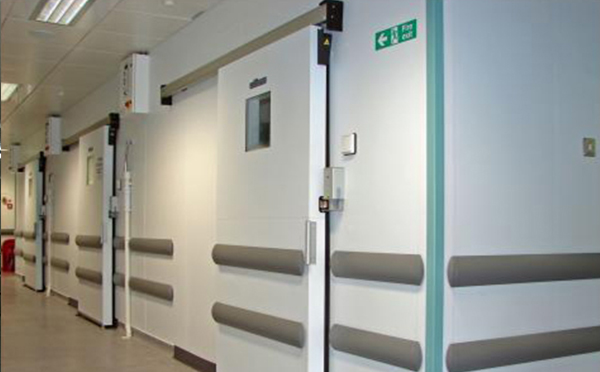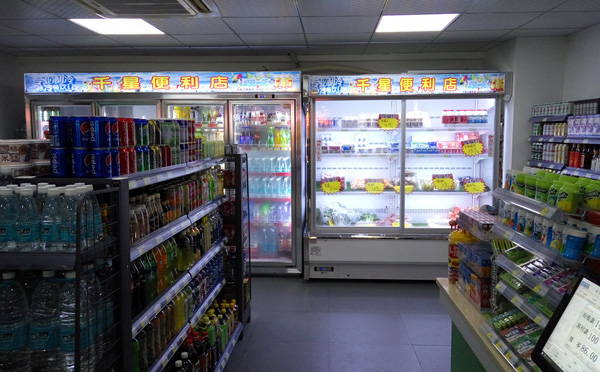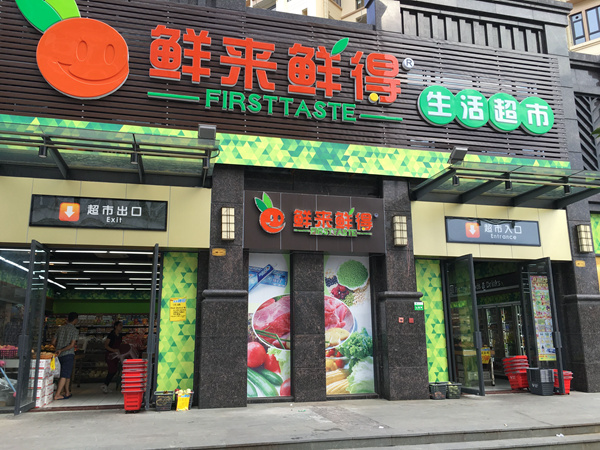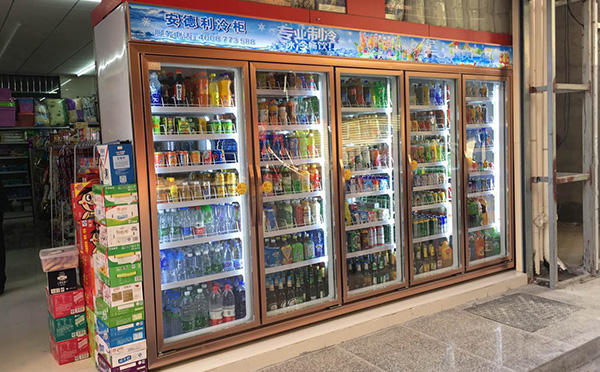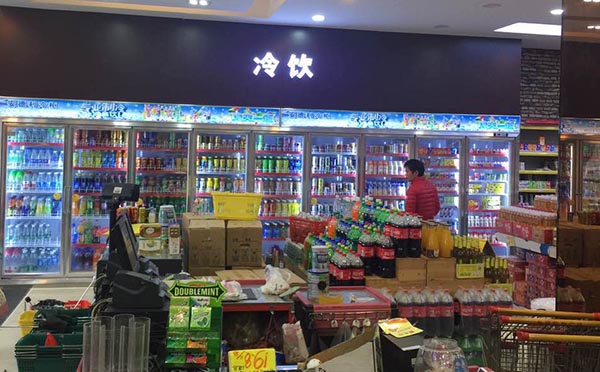Basic Tips to help You Determine the Type of Your Cold Room
for your Business
Apart from the industrial-grade
appliances that populate your kitchen, you know, the ones that cook huge
quantities of food for your hungry guests, a walk-in cold room or freezer is
the biggest investment you’ll make. So, you need to make your buying decision
based on certain factors. These include but are not limited to what’s being
stored in the room and whether a combination workflow is to be put in place by
the kitchen manager. Andeli Refrigeration come back to this latter factor
further on in our discussion. Learn what features and factors determine the
type of cooling space you’ll adopt. The typical cold room, for instance,
doesn’t drop the interior climate down to subzero realms, but it is responsible
for creating a low temperature space, one that’s reminiscent of a frosty
cellar.
That last romanticized image works well
for wine cellars where cold beverages are placed on hold for an evening soiree,
say around the 15ºC mark, but the temperature needs to drop before it can be
classed as a cold room. Note, the frosty but almost comfortable 7.5ºC level is
considered suitable for these purposes. Now, without further ado, let’s fill in
some of the details that determine the type of cold room for any particular business.
1. Size and
Location – It’s best to start with the building blocks of the project. Discuss
where the room is to be installed. A modular approach can be used here to build
the cooling room onsite, or it’s possible to build the unit outside. Internal
and externally installed units use different construction techniques, so know
where the unit is going and the capacity required.
2. Preparation or
Storage – It’s true that some boundaries are soft edged and without definition.
The freezing of food is not one of these instances. If you want a preparation
and short-term storage area for food that’s being served soon, opt for a cold room.
On the other hand, a heavily insulated walk-in freezer is the only solution
when you’re storing perishable food items such as meat.
3. Incorporate
Scientific Precision – There are many monitoring and control
options for differing cold room scenarios, but some applications simply demand
high accuracy. The storage of sensitive laboratory materials and
pharmaceuticals demand nth-degree accuracy. Additionally, this business
environment comes with added hygiene and clinical accessories, parts that
include glass-panelled cabinets and easy-wash steel shelving.
4. The Combi Cold room – We promised we’d return to the
aforementioned combination workflow, and here we are. This configuration splits
the climate-control paradigm down the middle, offering the convenience of a
prep room and a companion cooling space that enacts a dual-zone model of
operation. Assign one room to prep work and adjust the second to take on the
role of walk-in freezer or a secondary cold room.
Other types of cold room include beer
cooling areas and large spaces for storing just-slaughtered meat on rows of
hooks. Some variants combine elements of industrial models, partnering
high-capacity outlays with domestic scaled features. Above all, it’s imperative
to know the purpose of the room and record these labelled functions with pen
and pencil before ever laying down a single insulating panel.
Walk in Cold Room
安德利冷库,环保节能,长久保鲜,受广大客户信赖,欢迎客户来厂洽谈。










